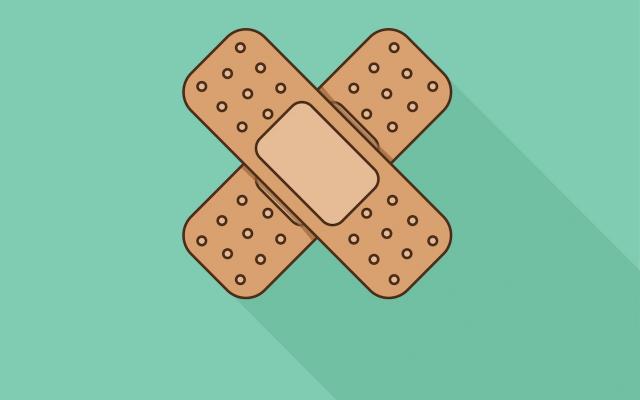Onlangs publiceerden onderzoekers van het Universitair Medisch Centrum St. Radboud in Nijmegen de resultaten van onderzoek over de wijze waarop het humaan immunodeficiëntievirus type 1 (HIV-1) in het lichaam zijn weg vindt naar zijn belangrijkste doelwitcellen, de CD4+-T-lymfocyten. Die resultaten waren dermate belangrijk dat daar ook in de publieksmedia ruimschoots aandacht aan is geschonken. Nog voordat Cell, waarin de 2 publicaties zijn verschenen,12 bij de lezer op de deurmat lag, berichtte NRC Handelsblad op 3 maart 2000 over deze nieuw ontdekte transportroute. Een week later besteedden ook The Lancet en Science aandacht aan deze nieuwe bevindingen.34 Wat is nu zo belangrijk aan dit onderzoek en waarom spreekt men van een nieuwe fase in het begrip van de pathogenese van de HIV-1-infectie? In dit artikel beschrijven wij eerst kort de resultaten van het onderzoek van Geijtenbeek et al. en plaatsen wij vervolgens hun resultaten…
Dendritische cellen als koerier voor het humaan immunodeficiëntievirus (HIV)

- In two papers in Cell researchers of the University Medical Center St. Radboud in Nijmegen (in collaboration with Utrecht and US researchers) have published the results of studies dealing with dendritic cells and their role in the pathogenesis of HIV-1 infection. First, they identified a dendritic cell receptor, DC-SIGN, that mediates adhesion with T cells. Second, they described another property of DC-SIGN, i.e. binding to the HIV-1 envelope protein gp120. Through this binding dendritic cells can transport HIV-1 to the CD4+ cells in lymphoid organs. Interestingly, it appeared that dendritic cells themselves are not infected by HIV-1, but only act as couriers for HIV-1. These findings may have important consequences for the design of new options for intervention in HIV-1 infection.




Reacties